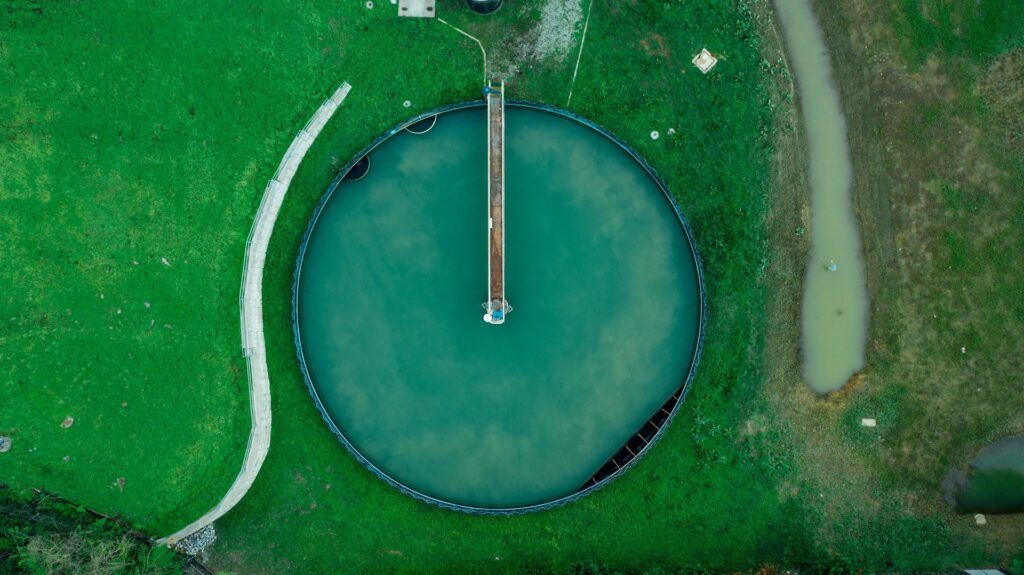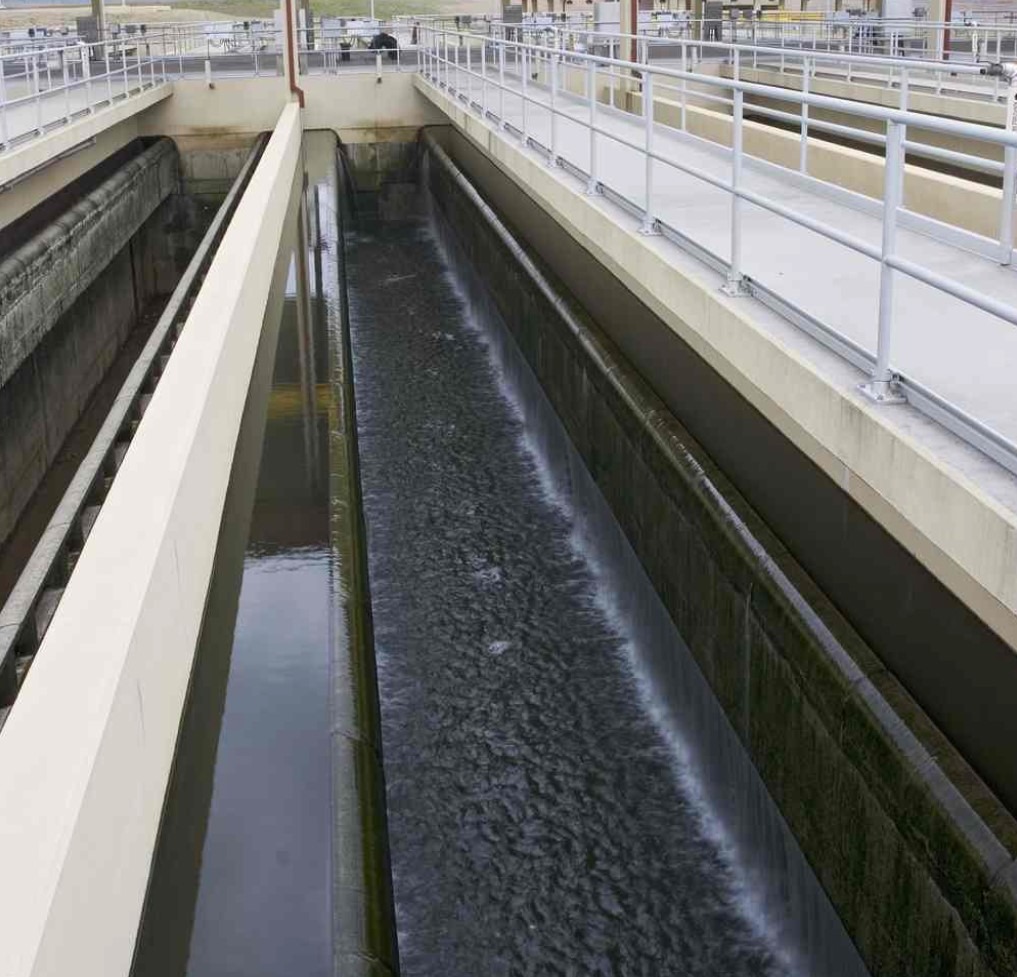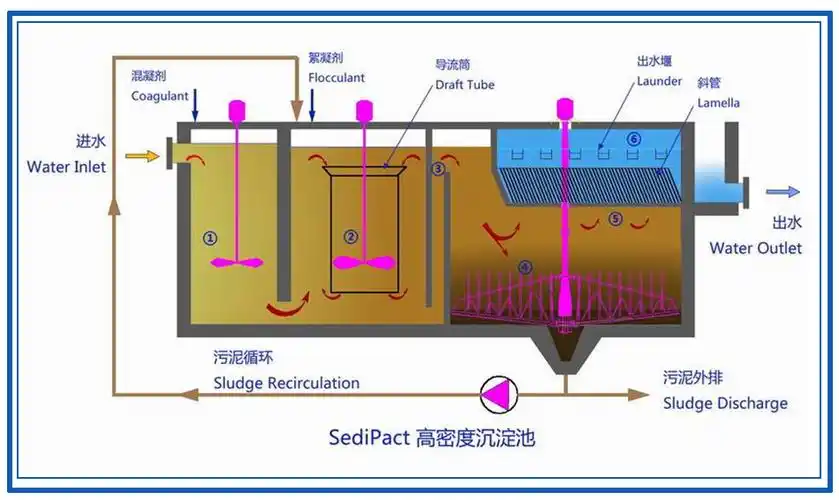The sludge treatment process includes four treatment or disposal stages. The first stage is sludge concentration, the main purpose of which is to initially reduce the volume of sludge and reduce the volume of subsequent treatment structures or equipment capacity; the second stage is sludge digestion, which decomposes the organic matter in the sludge; the third stage is sludge dehydration, which further reduces the volume of sludge; and the fourth stage is sludge disposal, which uses some means to dispose of the final sludge. The clear liquid or filtrate produced in the above stages still contains a large amount of pollutants and should be sent back to the sewage treatment system for treatment. The above typical sludge treatment process can achieve “four transformations” after the sludge is treated:
(1) Reduction: Since the sludge has a high water content, a large volume, and is fluid. After the above process treatment, the sludge volume is reduced to a dozen times its original volume, and it is converted from liquid to solid, which is convenient for transportation and disposal.
(2) Stabilization: The sludge contains a high content of organic matter, is very easy to corrupt and produces a foul odor. After the digestion stage in the above process, some easily corruptible organic matter is decomposed and transformed, becoming less prone to corruption, and the odor is greatly reduced, making transportation and disposal easier.
(3) Harmlessness: Sludge, especially primary sludge, contains a large number of pathogens, parasite eggs and viruses, which can easily cause the spread of infectious diseases. After the digestion stage in the above process, most of the roundworm eggs, pathogens and viruses can be killed, greatly improving the sanitation index of the sludge.
(4) Resource utilization: Sludge is a resource that contains a lot of heat. Its calorific value is between 10,000 and 15,000 kJ/kg (dry mud), which is higher than that of coal and coke. In addition, sludge is rich in nitrogen, phosphorus and potassium, and is an organic fertilizer with high fertilizer efficiency. Through the digestion stage in the above process, organic matter can be converted into biogas, so that the heat in it can be utilized, and its fertilizer efficiency can be further improved. Common processes used for sludge concentration include gravity concentration, centrifugal concentration and flotation concentration. Sludge digestion can be divided into two categories: anaerobic digestion and aerobic digestion. Sludge dewatering usually involves natural drying and mechanical dewatering. Common mechanical dewatering processes include belt filter press dewatering and centrifugal dewatering. There are many ways to dispose of sludge, mainly including agricultural and forestry use, sanitary landfill, incineration, and production of building materials.






